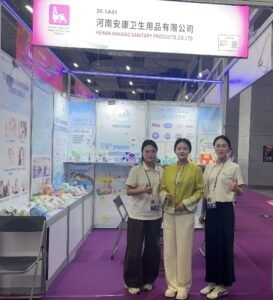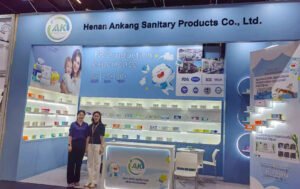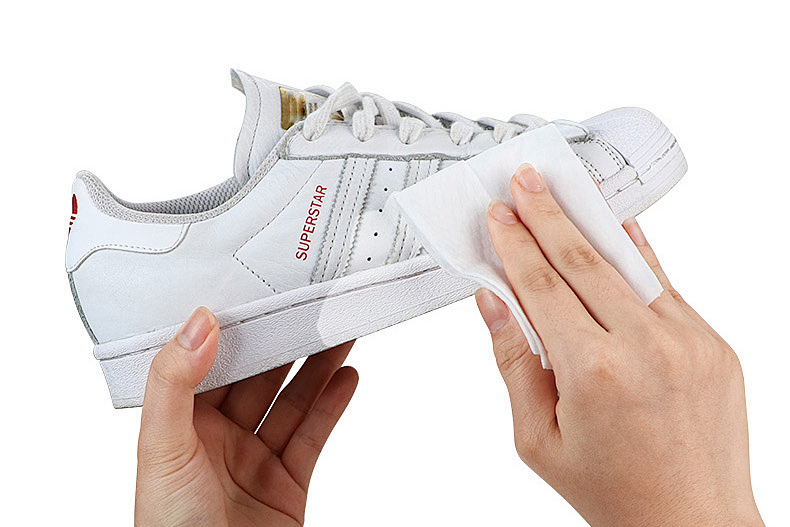Sneaker wipes are a convenient way to clean and maintain your footwear. As a leading wipes manufacturer, Ankang specializes in producing high-quality sneaker wipes that are effective, durable, and durable. Understanding the factors that influence the cost of producing sneaker wipes is critical to ensuring that the product meets quality and budget expectations. In this article, we will explore the key cost factors involved in the production of sneaker wipes and gain insight into the market trends shaping the industry.
1. Raw Materials:
- Non-woven fabric: The type and quality of non-woven fabric used directly impact the cost. High-quality fabrics often offer better cleaning performance but come at a premium.
- Cleaning solution: The composition and concentration of the cleaning solution can vary widely. Natural, biodegradable ingredients may increase costs but appeal to environmentally conscious consumers.
- Fragrance: Adding fragrance can enhance the product’s appeal but also contributes to the overall cost.
- Preservatives: To maintain product quality, preservatives are often added. Their cost depends on the type and quantity used.
2. Labor Costs:
- Manufacturing labor: The cost of labor involved in cutting, wetting, and packaging the wipes can vary significantly based on location, skill level, and labor regulations.
- Quality control: Ensuring product consistency requires labor for quality checks.
- Research and development: Developing new formulas or improving existing ones involves research and development costs.
3. Machinery and Equipment:
- Production line: The cost of machinery, including cutters, wetters, and packaging machines, can be substantial.
- Maintenance: Regular maintenance and repairs are necessary to keep equipment operational.
- Automation: Automated production lines can increase efficiency but require a higher upfront investment.
4. Packaging:
- Materials: The choice of packaging materials, such as plastic or biodegradable options, affects costs.
- Design: Custom packaging designs can add to the overall cost.
- Labeling: Labels must meet regulatory requirements and provide necessary product information.
5. Transportation:
- Raw material sourcing: The distance between raw material suppliers and the production facility impacts transportation costs.
- Finished product distribution: Shipping costs can vary based on distance, mode of transport, and order volume.
6. Overhead Costs:
- Utilities: Electricity, water, and gas are essential for production.
- Rent or mortgage: The cost of the production facility.
- Insurance: Liability and property insurance are necessary to protect the business.
- Administrative costs: Salaries for administrative staff, marketing, and sales.
7. Economies of Scale:
- Larger production runs: Producing larger quantities can lower the cost per unit due to economies of scale.
- Negotiation power: Larger businesses may have greater bargaining power with suppliers, leading to lower raw material costs.
8. Regulatory Compliance:
- Safety standards: Adhering to safety regulations may require additional equipment or certifications.
- Environmental regulations: Compliance with environmental laws can impact production costs.
9. Customization:
- Private labeling: Producing wipes for other brands can involve additional costs for customization.
- Specialty formulations: Developing wipes for specific purposes (e.g., leather, suede) may require unique ingredients and processes.
Additional Factors to Consider:
- Market demand: Fluctuations in demand can affect production planning and costs.
- Competition: Competitive pricing can influence production costs.
- Technological advancements: New technologies can offer cost-saving opportunities.
- Sustainability: The trend towards sustainable practices can influence the choice of materials and processes.
By carefully considering these factors, businesses can make informed decisions about production costs and pricing strategies. A detailed cost analysis can help optimize operations and ensure long-term profitability.
Ankang is committed to providing innovative and cost-effective solutions to meet consumer preferences and industry trends.





